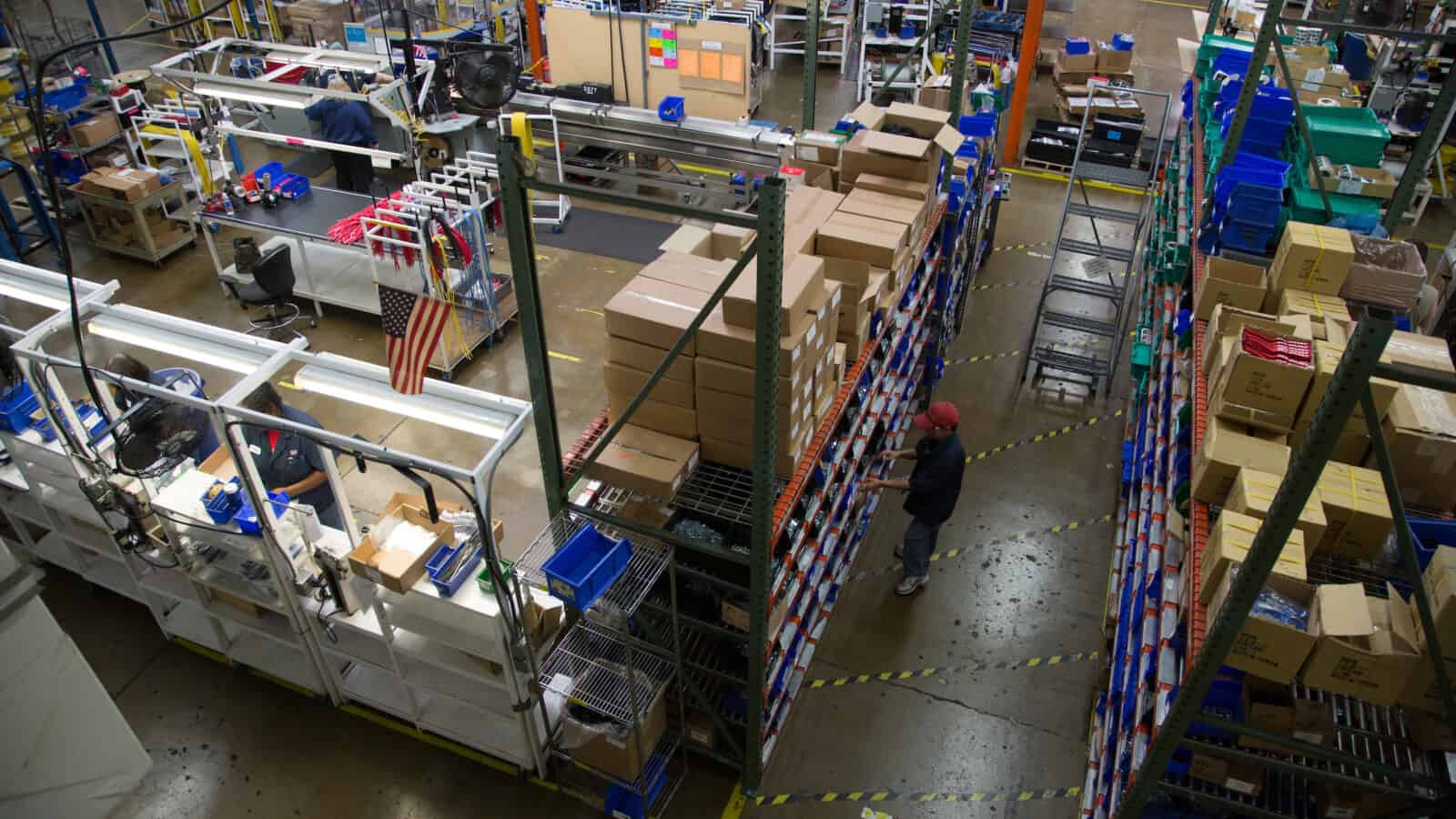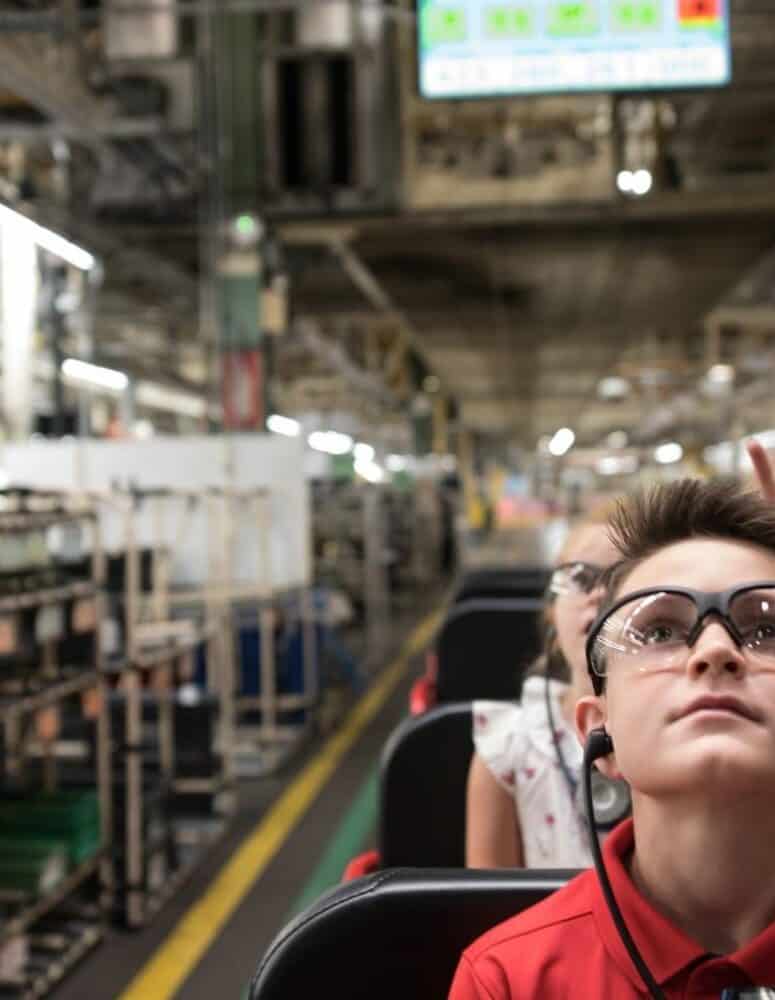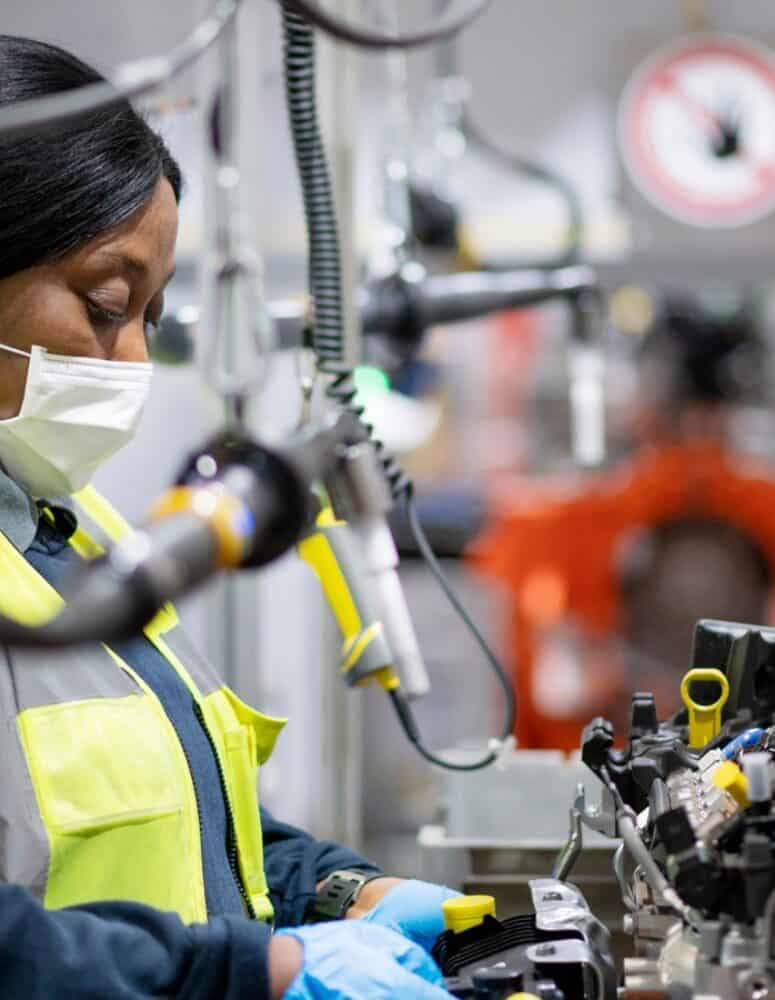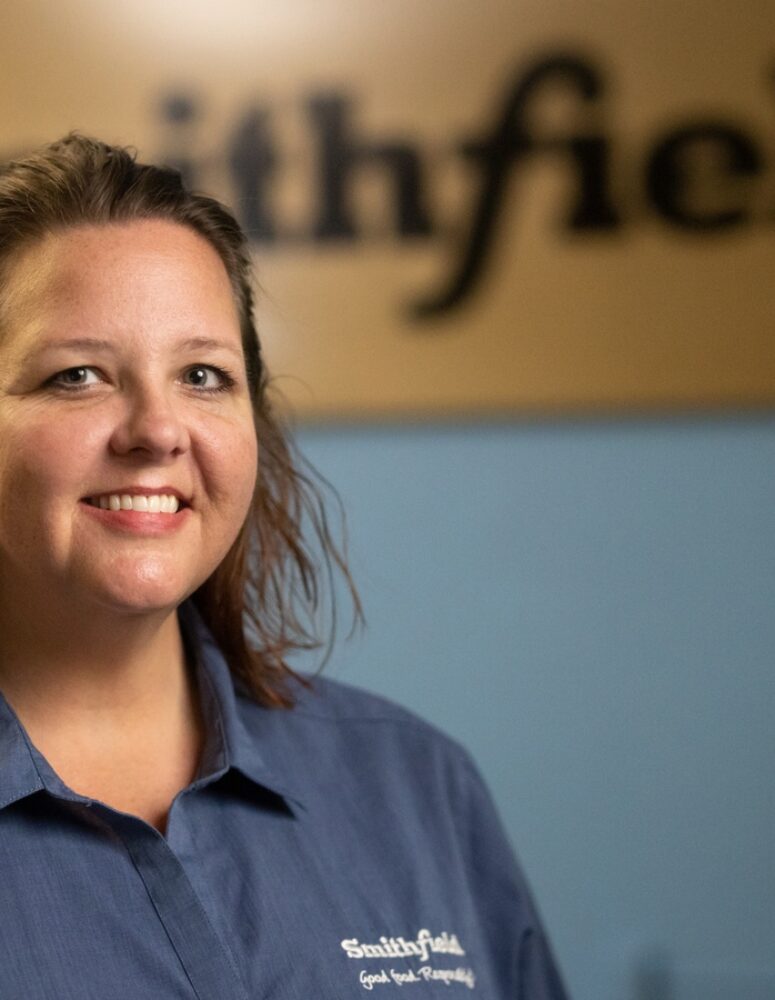MI President Carolyn Lee Talks Workforce Development
Get the Latest News
Get involved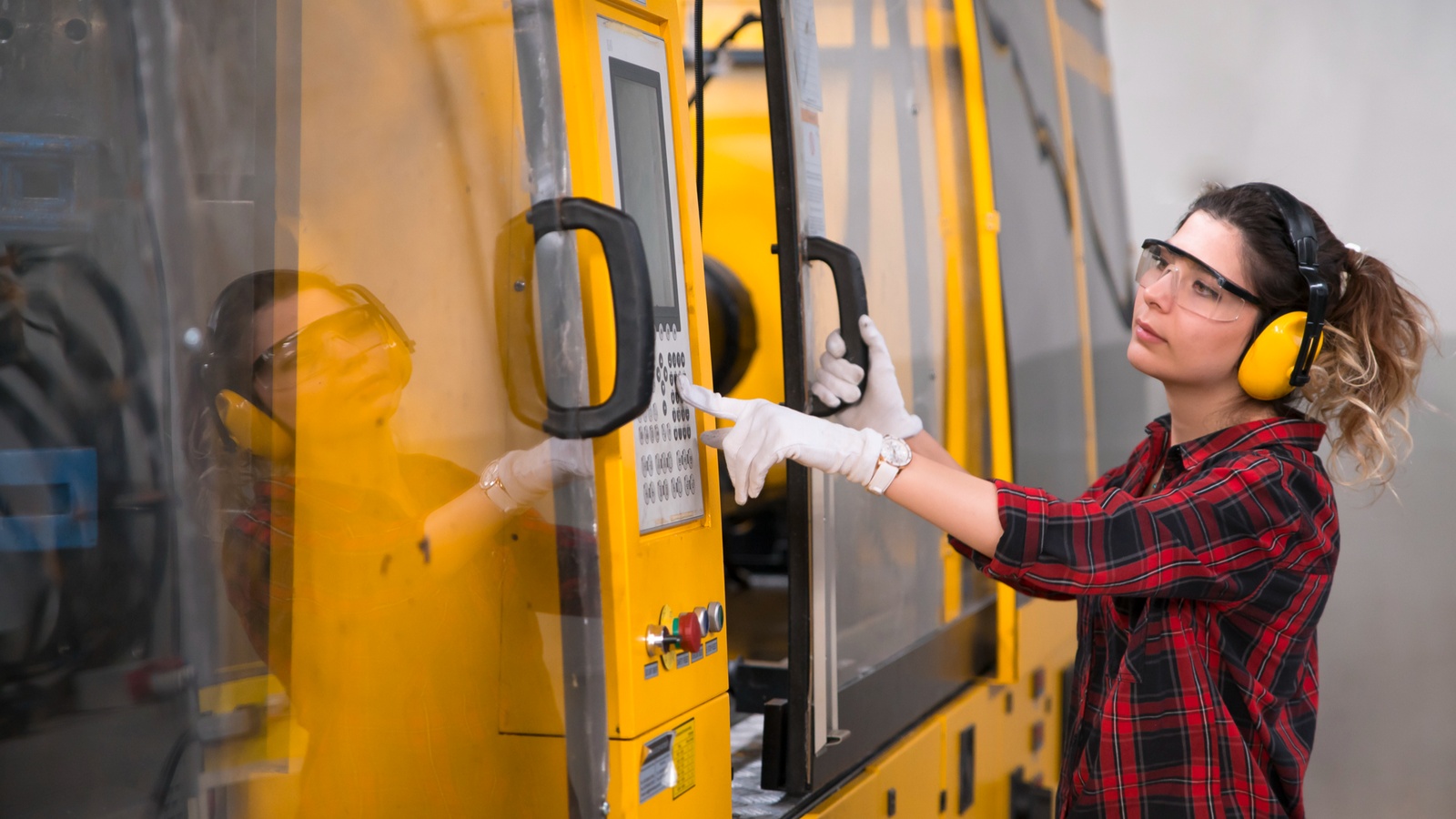
Manufacturers continue to face an alarming workforce shortage—which could result in 2.1 million unfilled jobs by 2030, according to a study by The Manufacturing Institute and Deloitte.
The MI—the workforce development and education partner of the NAM—is working hard to fill that gap. MI President Carolyn Lee spoke at the Made in Connecticut: 2022 Manufacturing Summit last week about how manufacturers are taking on this critical issue and what lies ahead.
The challenge: “One of the biggest long-term issues our industry is confronting is the perception problem,” said Lee. “Many Americans—usually parents—cling to the belief that the manufacturing industry is not a place where people can find satisfying, well-paying lifelong careers. … Our industry needs to overcome this perception and grow the supply of young workers.”
Making progress: “That brings me back to good news: perceptions are changing,” said Lee. “Thanks to movements like MFG Day, and campaigns like the National Association of Manufacturers and The Manufacturing Institute’s ‘Creators Wanted’ campaign, which is touring the country right now, we are moving the needle.”
- “We’re showcasing modern manufacturing as we know it to be: exciting, rewarding, clean and high-tech,” said Lee. “Thanks to these efforts, the positive perception of manufacturing among adults in the past few years has grown from 27% to 40%.”
Promoting programs: Lee spoke about a range of programs offered by the MI that are designed to help build an expansive and inclusive manufacturing workforce. These programs include:
- Women MAKE America, formerly known as the STEP Ahead program, which supports women in manufacturing;
- Heroes MAKE America, which eases the transition to civilian careers for veterans and other members of the military community; and
- FAME, which was originally founded by Toyota before transitioning over to the MI in 2019, and which offers an “earn and learn” apprenticeship experience.
Pushing policy: Lee noted the importance of ensuring that government policy is aligned with the needs and realities of the manufacturing industry. She also highlighted elements of “Competing to Win”—the NAM’s policy blueprint for bolstering manufacturers’ competitiveness. Proposed policies include: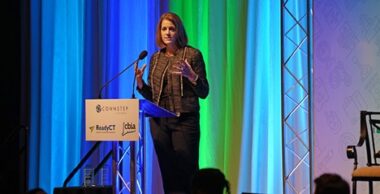
- Reorienting the education system and its funding around a skills and employer-involved model;
- Updating federal tax policy to encourage and reward companies that invest in upskilling their employees; and
- More federal investments in apprenticeship models.
The last word: “Our industry’s strength and competitiveness will be determined by the strength of our workforce,” said Lee. “After all, they are the creators who pioneer and produce lifechanging electronics or lifesaving medicines. They are innovating and building the machines that transform human mobility, improve quality of life or bolster our national defense.”
Learn more: Find out more about the MI’s vital work here.
